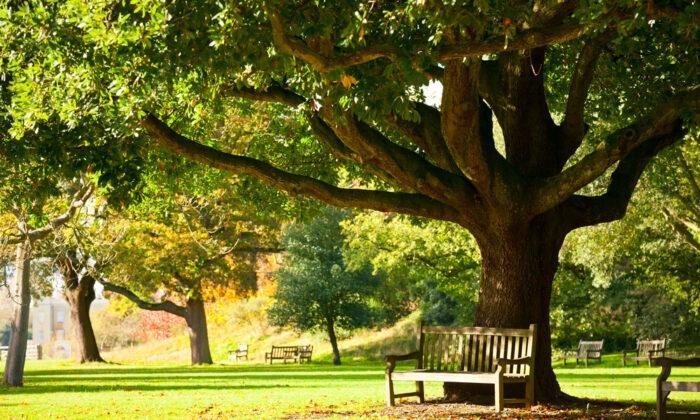Songwriter Lin-Manuel Miranda may have said it best: “What is a legacy? It’s planting seeds in a garden you never get to see.”
We all want to create a legacy that allows us to be remembered after we’re gone, preferably in a good way. There are many ways to go about this, but first a definition of “legacy” is in order. In most cases, a legacy is something that is bequeathed, such as a gift of money, real estate, or material goods, to a person, group of people, or an organization upon the death of the giver. However, in a broader sense, a legacy can also refer to the effect we have on the world and those around us.

Not all legacies involve tangible goods. Mother Teresa’s legacy is her unflinching devotion to the poor, and Nikola Tesla’s legacy is the incredible collection of inventions that affect our daily lives, such as his system of alternating current that made electricity practical.

In other instances, a legacy can be one of good deeds that in some way inspired happiness, as in the cases of a person who helps injured soldiers with physical rehabilitation, a teacher who inspires once-lackadaisical students to excel in their studies and achieve success, and someone who volunteers at the local pet shelter.

Another example of a legacy is a family-run company that the founder nurtured to success and positioned to continue to prosper, benefitting the founder’s heirs. The uncle who always made time for his nieces and nephews, inspiring them to become adults who take a genuine interest in their nieces and nephews, leaves a legacy; as does the elderly woman from down the street who always showed up to block parties with amazing desserts and who shared her treasured recipes with her neighbors for block parties long after she was gone.

The general idea of a legacy, be it of material goods, ideas, or even inspirational behavior, is to do something that will improve the world or benefit the lives of a person or a group. The important first step is to clearly define the purpose of the legacy; this differentiates it from being merely a gift. To accomplish this, one needs to decide how a legacy will be of value and who will be the beneficiary.

Those with the means to do so may want to create a legacy that benefits students of their alma mater—this often comes in the form of campus buildings that are named after the benefactor. Some legacies are intended to benefit people the benefactor will never know, as is the case with funds bequeathed to help feed and house people in places far from home. Some establish a foundation to create a legacy. A foundation is often set up as a nonprofit doing philanthropic work. A unique aspect of a foundation is that it can provide grants to a wide variety of beneficiaries, to be used in differing ways, as opposed to a gift that is given for one specific purpose. An endowment is yet one more form of a legacy; sometimes, the giver provides specific directions for its use, while in other cases, the gift can be used at the discretion of the recipient. A legacy doesn’t even require its leaver to be dead; a legacy can begin benefiting others while the giver is still very much alive and well.

Keep in mind that a legacy doesn’t have to be incredibly valuable; a park bench or a habitat for wildlife can be the vehicle of the legacy, accompanied by a brass plaque identifying the giver, in hopes of inspiring future generations to leave behind something to make the world better than how they found it. A legacy letter is another way to reach out to those who will follow; in it, the writer describes how they feel about those in their lives, what motivated them, and what their hopes for the future are. It may include advice and lessons they have learned or stories they never had a chance to share, or it may simply function as a way to communicate with descendants who have not even been born yet.






